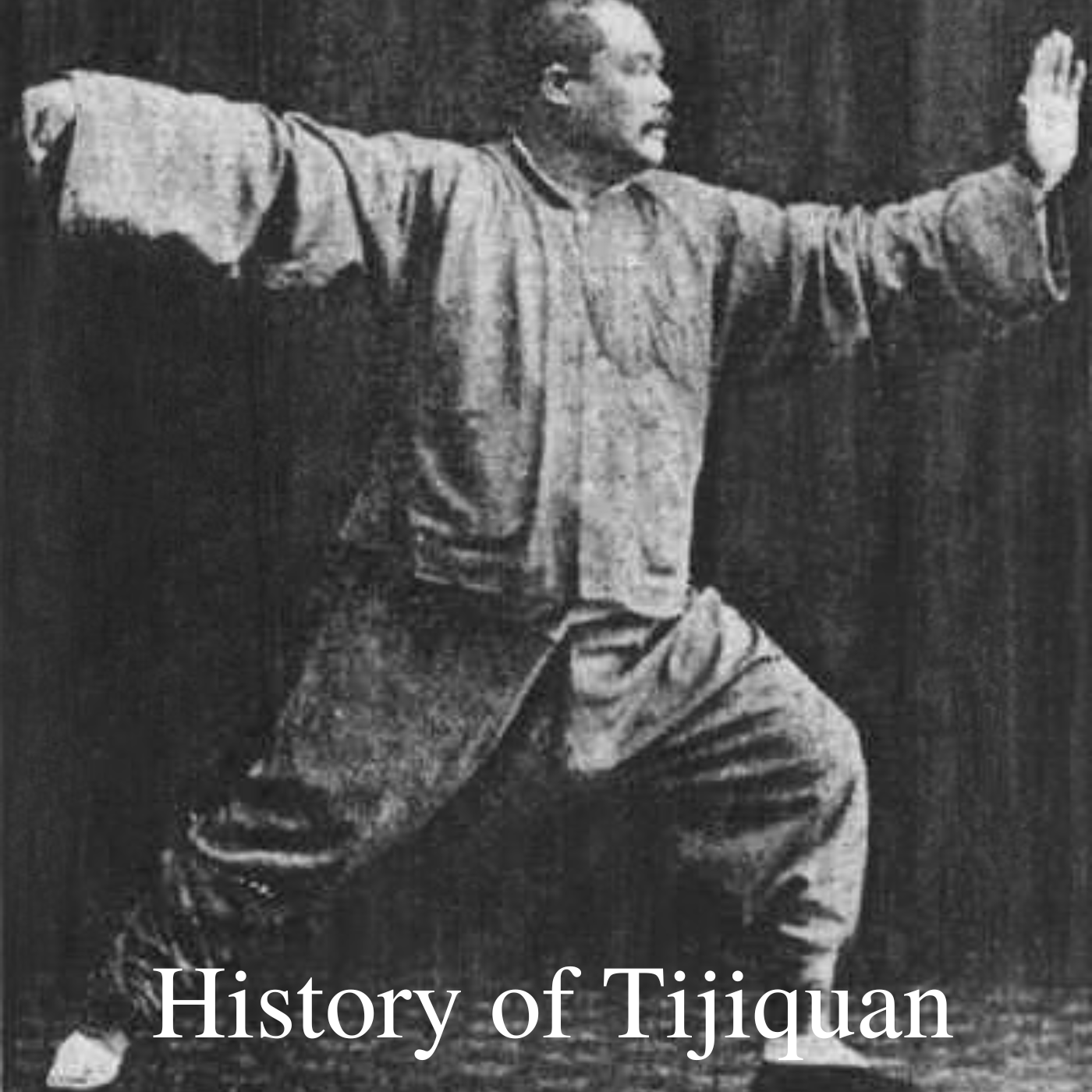History of Tijiquan

History of Taijiquan
History of Taijiquan, more commonly known in the West as Tai Chi, stands as a testament to the profound depth and elegance of Chinese martial arts.
Unlike the explosive power and speed celebrated in many combat practices, Taijiquan embodies the principles of harmony, balance, and fluidity.
This ancient martial art, deeply intertwined with Taoist philosophy, offers both a method of self-defense and a path to inner peace and physical well-being.
Let's delve into the rich history and evolution of Taijiquan, exploring its origins, development, and the philosophical foundations that underpin this exquisite art form.
So on with the History of Tijiquan.
The Mysterious Origins
The History of Taijiquan begins shrouded in the mists of legend, with tales of its creation often linked to the semi-mythical figure of Zhang Sanfeng. This Taoist monk, said to have lived during the 12th or 13th century, is reputed to have developed a fighting style that emphasized softness and yielding as a means to overcome the hard and rigid. Despite the captivating allure of such legends, historical evidence for Zhang Sanfeng's involvement is sparse, and many scholars point to a more recent origin in the History of Taijiquan, dating back to the late Ming and early Qing dynasties.
The Chen Family and the Birth of Taijiquan
The concrete History of Taijiquan is often traced to the Chen family, from the Henan province, who, in the late 16th century, synthesized earlier martial practices with Daoist philosophical concepts and Qigong exercises to create Chen-style Taijiquan. This style, characterized by its spiraling movements and sudden releases of power, laid the foundation for all subsequent developments in Taijiquan.
The Flourishing of Styles
From the roots established by the Chen family, History of Taijiquan branched out into various styles, each bearing the name of the family or individual who developed them. The most prominent among these are Yang, Wu, Sun, and Wu (Hao) styles. While sharing the core principles of Taijiquan, these styles differ in their execution, with variations in pace, posture, and the emphasis on certain techniques.
Philosophical Underpinnings
At its heart, Taijiquan is more than just a martial art; it is a manifestation of Taoist philosophy in motion. The practice emphasizes the harmonious balance of Yin and Yang, the dual forces that animate the universe, and seeks to promote the smooth flow of Qi, or vital energy, through the body. Taijiquan is not merely about physical prowess but also about cultivating mental tranquility, health, and a deep connection with the natural world. Continuing with the History of Taijiquan.
Taijiquan Goes Global
The 20th century saw Taijiquan transcend its Chinese origins, capturing the imaginations of people around the globe. Its appeal in the West has grown not only because of its effectiveness as a martial art but also due to its benefits for health and stress reduction. Today, millions practice Taijiquan worldwide, drawn to its gentle movements and profound philosophical depth, making it a truly global phenomenon.
History of Tijiquan in Conclusion
Taijiquan's journey from the courtyards of Chen village to parks and studios around the world is a remarkable story of cultural exchange and adaptation. As a bridge between martial arts, meditation, and medicine, Taijiquan offers a holistic approach to health and well-being, rooted in centuries of Chinese wisdom. Whether you seek physical fitness, mental calm, or spiritual growth, the practice of Taijiquan opens a door to a world of graceful strength and harmony.
Thank you for reading the history of Tijiquan. This is aprt of the History of Martial Arts Series here at the World Budo Alliance.
Yours in the arts,
Grand Master Art Mason
International President WBA
